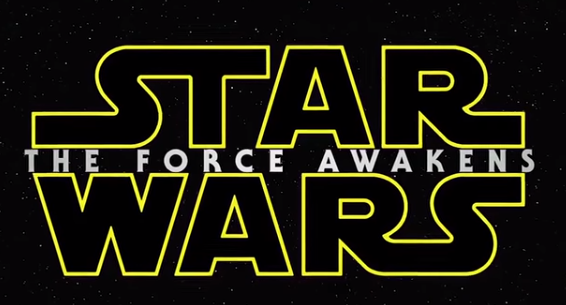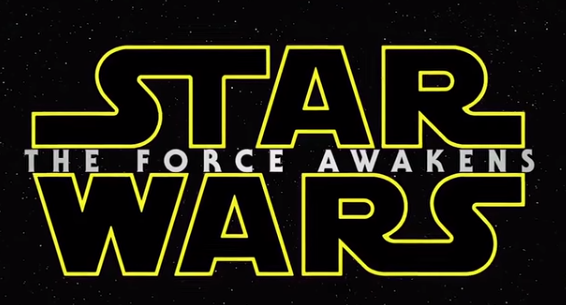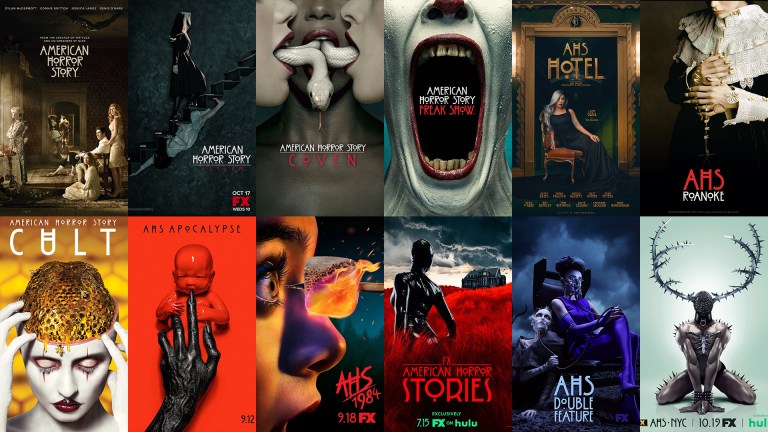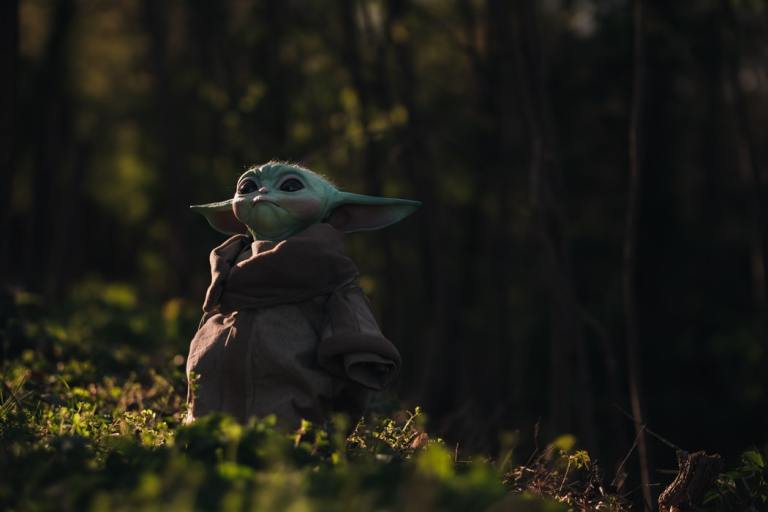7 Legitimate Reasons Why ‘Star Wars’ Still Matters
By ![]() Ken Miyamoto
Ken Miyamoto


My first memory of childhood was of a gold-plated, metallic, humanoid figure walking through barren sand dunes with the seemingly endless skeleton of an unknown, but gigantic, creature in the background.
The image would later prove to be that of a certain droid named C3-PO trekking slowly through the dunes of Tatooine with the skeleton of a Krayt dragon in the near distance.
Upon its debut, Star Wars became a cultural phenomenon. It drastically affected pop culture and society as a whole — worldwide — in the 1970s and 1980s. The franchise was reborn in the 1990s with the now defunct Expanded Universe — defunct because it is not part of the current canon of the revived franchise — following sequel novels to the original trilogy written by Timothy Zahn, as well as the Dark Horse graphic novels and then many, many more novels and comics to follow.
The Special Editions of the original trilogy debuted in 1997, followed by a new line of toys that once again captured the imagination of young and old.
[youtube https://www.youtube.com/watch?v=eRgsMKu8oNA%5D
The prequels soon followed, much to the eventual dismay of the original trilogy fan base but capturing the attention of a new generation of fans.
And then of course, comes Lucasfilm and Disney with a new Star Wars multi-franchise, kicking off with the direct sequel to the Return of the Jedi some thirty plus years later — Star Wars Episode VII: The Force Awakens. The film has proven to be perhaps the most anticipated film of all time.
[youtube https://www.youtube.com/watch?v=2gCbnwavkKc%5D
But why? Why has this saga captured the imagination — and obsession to many — of the whole world?
After well over 30 years, why does Star Wars still matter?
1. There’s Someone For Everyone
Young boys had Luke Skywalker to look up to. Young girls had a pretty, but tough-as-nails princess to emulate. Men had the wise-cracking and cynical Han Solo. Women had two heroes and a princess in the ultimate love triangle — in retrospect, gross. Older audiences had the wise Ben Kenobi as the ultimate mentor.
And the amazing part of the original trilogy was that these characters were interchangeable between the demographics. Young boys looked up to the more adult Han Solo. Young girls rooted for the hero that saves the princess. Men could appreciate the mentorship of Ben Kenobi as he guided Luke Skywalker into manhood. Women could root for the farm boy who has lost everything he’s had but ventures into the stars that had been calling him all along.
Audiences of all ages and genders could identify or live vicariously through these mythical character types.
To learn more about movies that offer something and someone for everyone, read The Secrets to Writing Successful Movies for the Whole Family.
2. A Sense Of Family
There’s a reason why The Force Awakens has already proven to be the most anticipated movie of all time. Three names; Luke, Han, and Leia.
These three characters were the central figures of the original trilogy and are now returning.
The original trilogy was so successful partly due to the fact that audiences wanted to see where these characters were with each installment. At the end of the original Star Wars, we saw them triumph over evil.
In The Empire Strikes Back, we saw them at their worst as they struggled against terrible outcomes foreseen by Yoda and Luke on Dagobah and by the end we’re left with one of our heroes frozen, almost lifeless, after declaring that he knew about Leia’s love for him.
And in Return of the Jedi, audiences came back to see how this family would prevail in the end and were thrilled to learn that the “other” that Yoda shockingly referred to in The Empire Strikes Back was in fact Luke’s sister, Leia.
Without that family of characters, including the likes of C3-PO, R2-D2, Chewbacca, and later on Lando Calrissian, there is no Star Wars. While the prequels were a financial success, there was clearly something missing. Look no further than the absence of Luke, Han, and Leia for an answer to that mystery.
3. Humor
Let’s face it, there’s a reason the science fantasy epic disappointment Dune never reached the audience that it had hoped it would. Can you remember one moment of humor?
Star Wars always took itself seriously, but never too seriously. The family of characters bantered with each other. A wookie laughed. R2-D2 seemingly had a dirty line of insults hidden within his hilarious boops and beeps. Leia had classic lines involving “walking carpets” and “nerf herders.” Even the wise Jedi Master Yoda had some early zingers.
Humor keeps audiences at ease because in the end, it’s about entertainment. While we want to see good fighting evil, epic lightsaber battles, and space ships blowing each other up, we also want to be able to smile and laugh just as much. The Star Wars saga delivers in that respect.
4. A Galaxy Far, Far Away
World building is so key to the success of a franchise, and no other can come close to the worlds found within the original Star Wars trilogy.
A desert planet. A frozen world. A lush forest moon. A cantina full of exotic aliens.
[youtube https://www.youtube.com/watch?v=g6PDcBhODqo%5D
A worn down galaxy with space ships that looked like a pile of junk and rebel fighters that looked like they had seen one too many battles.
In the pre-digital era of the late 1970s and early 1980s, George Lucas and his team at ILM created worlds that felt real and worn. To this day, those locations feel real. An antithesis to the overly digital CG creations of the prequels.
These worlds and the many creatures and beings that lived within them captured the imaginations of audiences worldwide.
The visuals alone spoke words that all audiences from all cultures and different parts of our world could embrace.
5. Good Vs. Evil
George Lucas has always insisted that Star Wars was a black and white world — or galaxy in this case. Darth Vader was the personification of evil. Luke Skywalker was the personification of good. The Galactic Empire was evil. The Rebellion was good.
The theme of good vs. evil is timeless. Not only is it timeless, but it has no worldly bounds. When foreign audiences saw Darth Vader appear onscreen in that famous opening moment of the original Star Wars, they hissed. Without one line of dialogue spoken. Without one line of exposition. Audiences worldwide hissed, knowing that this dark being was evil.
[youtube https://www.youtube.com/watch?v=MftSEu4vgg0%5D
As you go throughout the original trilogy and into The Force Awakens, audiences know who to root for and who to love to hate. That’s the lasting appeal of the Star Wars Saga. There’s little trickery or misdirection. Sure, we get some surprises here and there, but overall, we know who to root for and who to root against.
6. Hope
Hope is hard to come by these days, especially in the theaters. Back in the 1970s, the world was hurting. Wars and financial struggles were abound. In Hollywood, the latest trend of films were very dark and edgy. Whether it was Taxi Driver, Apocalypse Now, The Godfather, Dog Day Afternoon, etc. It truly was a cynical time in cinema. Until May 25th, 1977.
Star Wars, which ironically was later given the subtitle of A New Hope in its 1981 re-release, gave audiences a resounding feeling of hope. No longer were the main characters in the popular films dying or murdering. Star Wars gave audiences hope that good could, no, will prevail in the end. Even though The Empire Strikes Back ended on a sour note, we knew that the family of characters we grew to love would prevail in the end. And by the end of Return of the Jedi, we even saw the personification of evil that was Darth Vader return to the light side of the Force.
[youtube https://www.youtube.com/watch?v=3S2auEHR4rg%5D
Even in these current times in cinema where dark and edgy seems to be all of the rage once again, along comes The Force Awakens to give us a sense of hope among cynical films and a cynical world of terrorism, politics, and tensions. Hope is always a good way to get audiences into the theaters again.
7. Mythology
Mythological themes and characters can be found in all societies, religions, and cultures. If you look at the various countries from the East to the West, there are so many commonalities between us all and what we believe and resonate with.
“Star Wars is an example of what Joseph Campbell called the Monomyth, which reaches a broader audience and is more enduring,” said Shanti Fader, editor of Parabola magazine, a publication of the Society for the Study of Myth and Tradition.
“The stories speak to something inside us that wants to know how our world lives, that wants to make order of it and find some meaning. Myths fulfill that in a way that science and facts don’t always do, because science and facts don’t always give us meaning.”
In most classic mythology, a hero strives for something better in his or her life. A calling.
They are then granted this in the guise of a quest. They are often helped by a mentor figure that leads them through a supernatural awakening in a strange land. They are aided by a helper or co-hero. Comic relief is offered through tricksters or sidekicks.
In the Star Wars saga we identify with the mythology that we’ve been brought up with in story telling our whole lives. It’s in our DNA. Luke is the hero. His quest is to bring the plans of the Death Star to the Rebellion. He’s lead by Ben Kenobi as he learns the way of the Force while travelling through strange lands. He befriends Han Solo who helps him save the princess, and later, the Rebellion. He’s accompanied by two droids that offer most of the comic relief.
You can also look to the success of the Lord of the Rings saga, which was clearly a major influence on George Lucas. Bilbo is Luke. Destroying the Ring is the quest. Gandalf is Obi-Wan Kenobi. Strider/Aragorn is Han Solo. Pippin and Merry are C3-P0 and R2-D2.
This pattern of myth can be found in every culture and in every corner of the world. Thus, audiences recognize such themes, identify with them, and long to live vicariously through them.
Which, along with the other six reasons, is why Star Wars still matters after all of these years. ![]()




